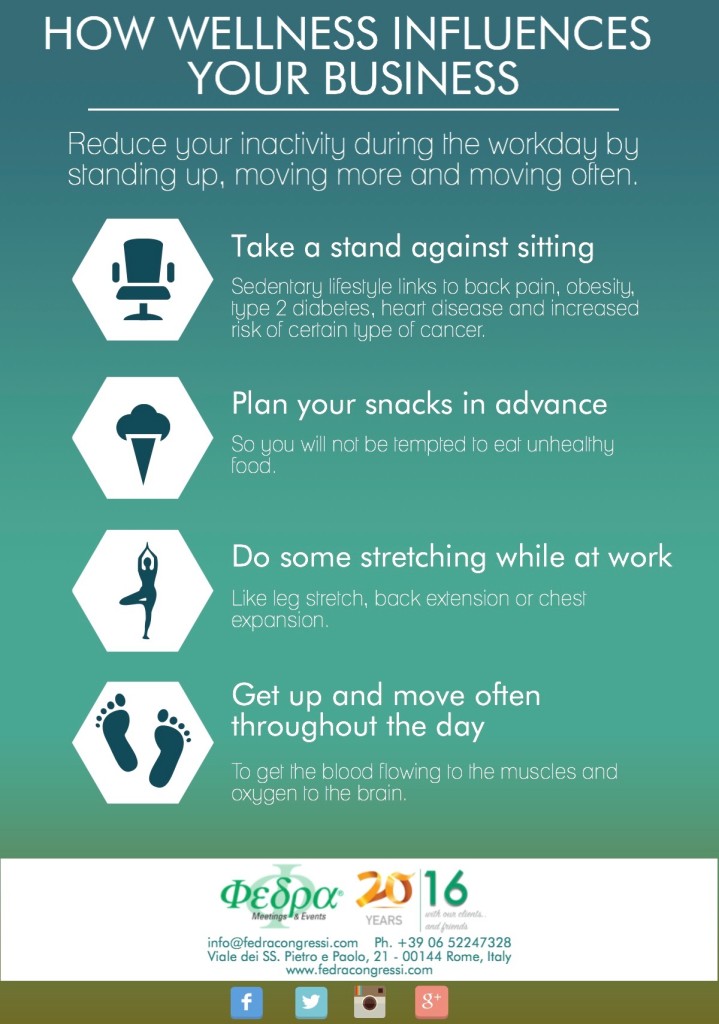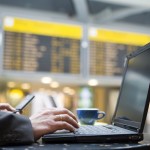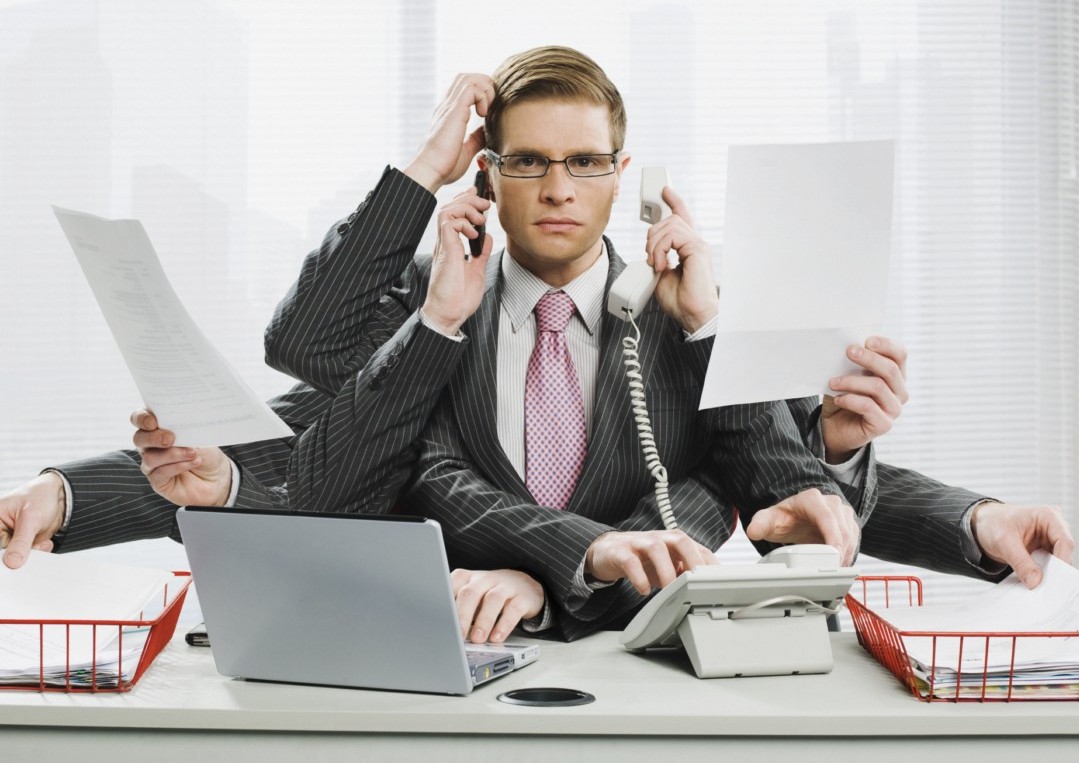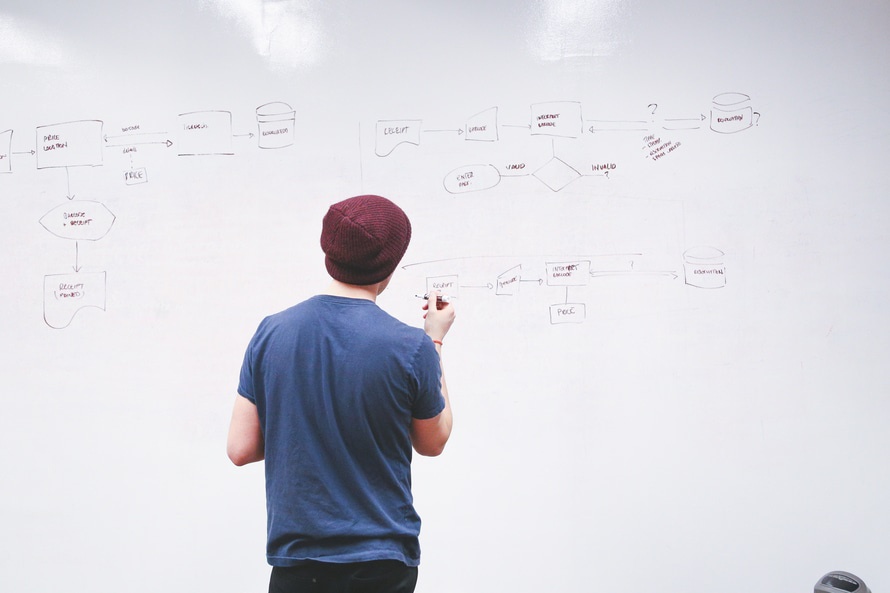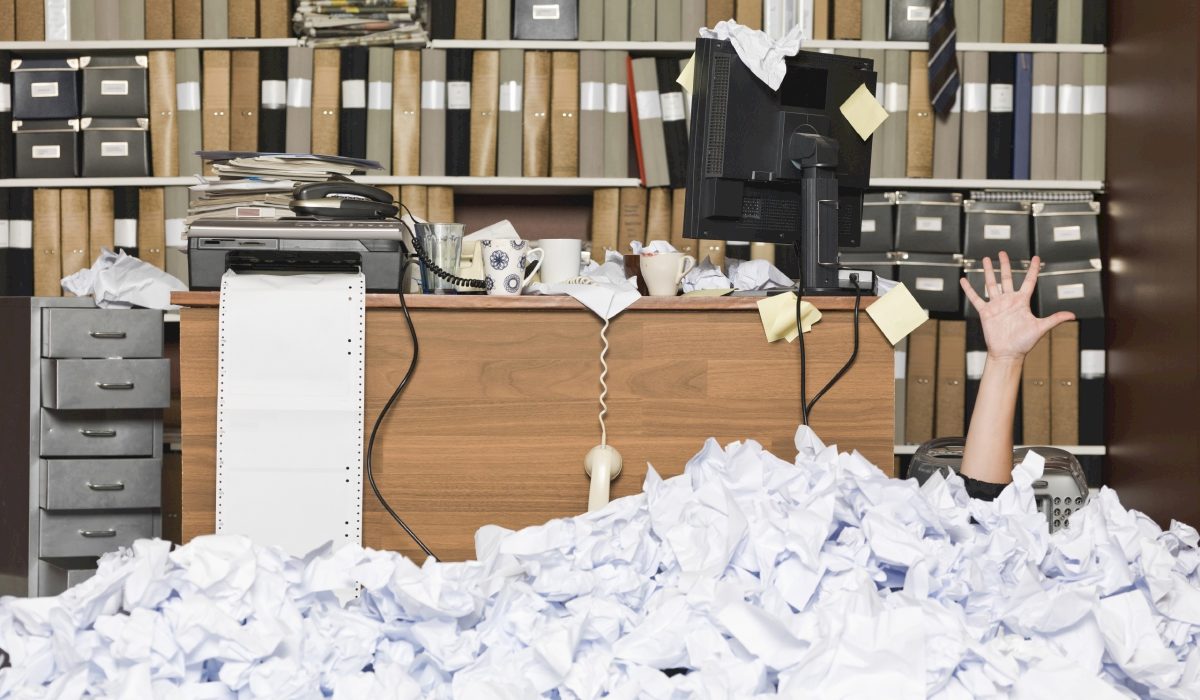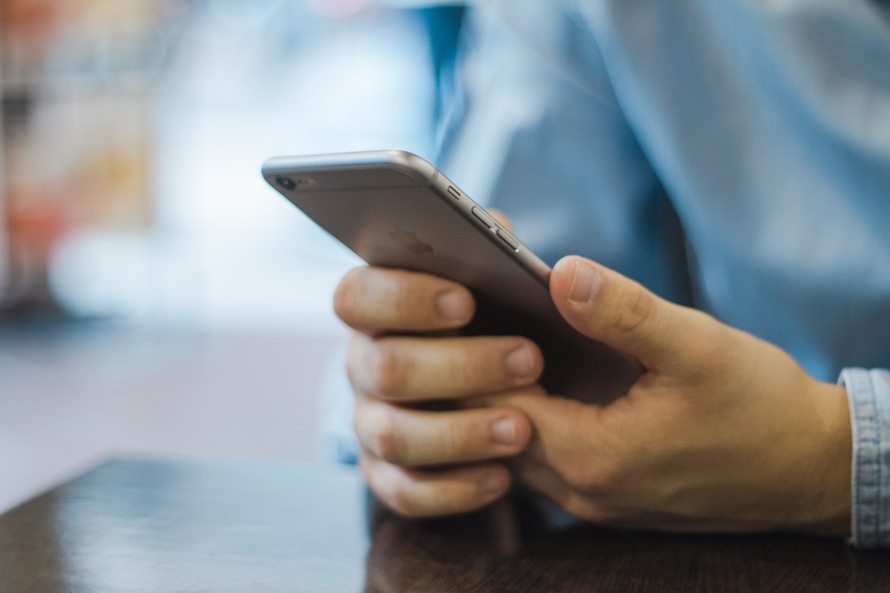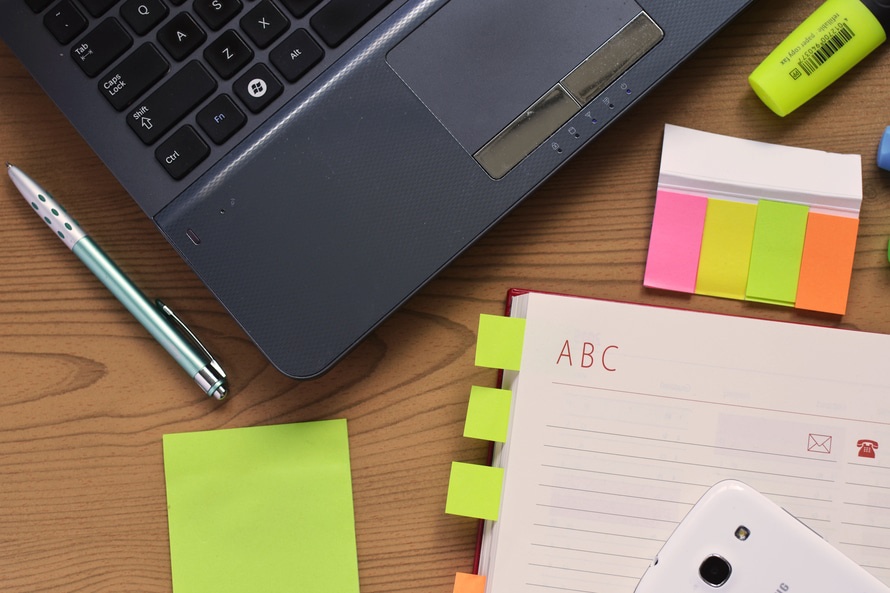There are many ways to be at your best for an event.
If you can’t fix a gym session in your weekly schedule, here there are some tips you could use everyday.
In conclusion
The benefits of brief bouts of exercise during the workday go beyond physical fitness: you are improving your ability to absorb and retain information.
If you follow this few tips, your performances at work will get better.
![How wellness influences your business [Infographic]](https://www.fedracongressi.com/fedra/wp-content/themes/avant/images/blank_blocks_img.png)
